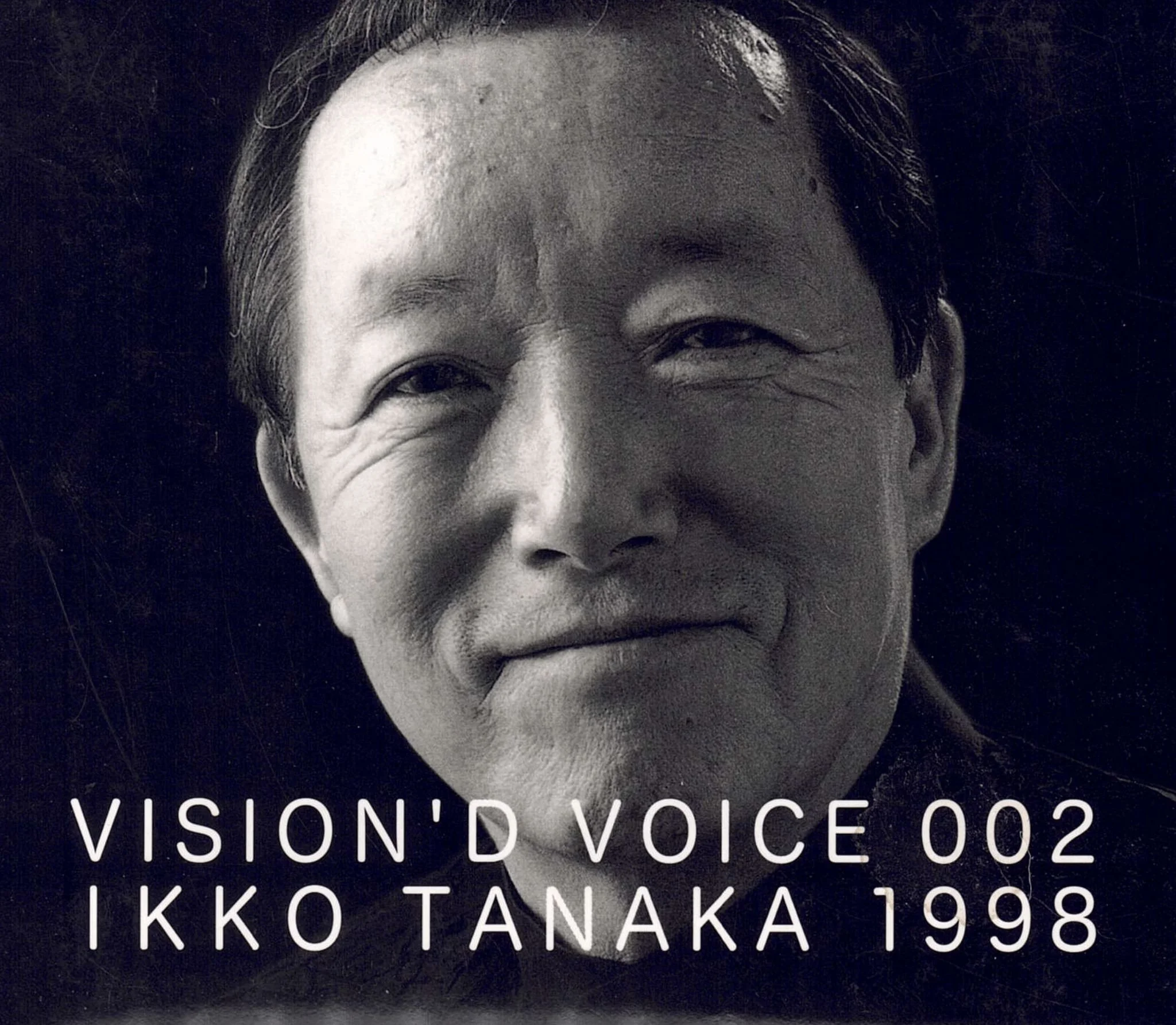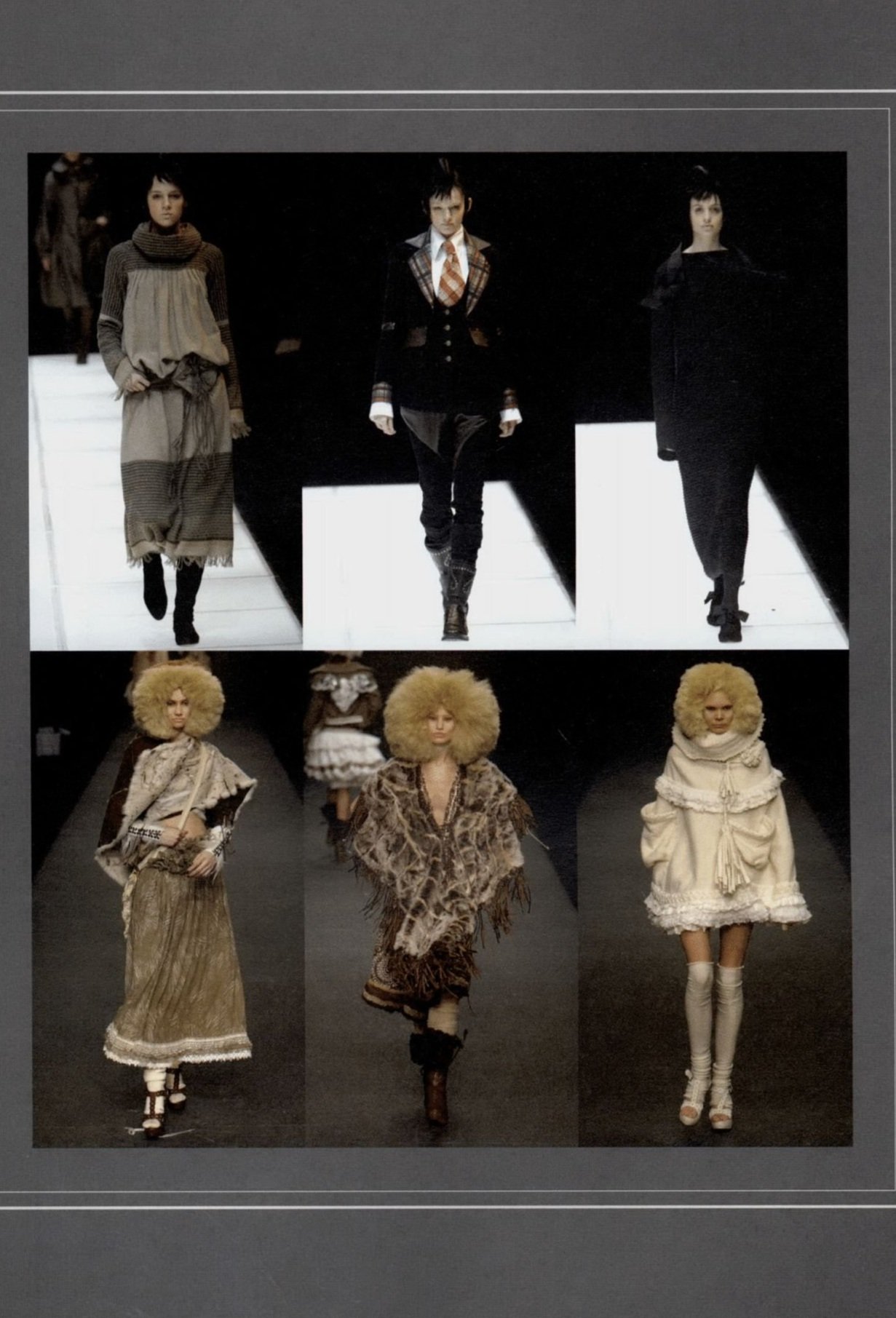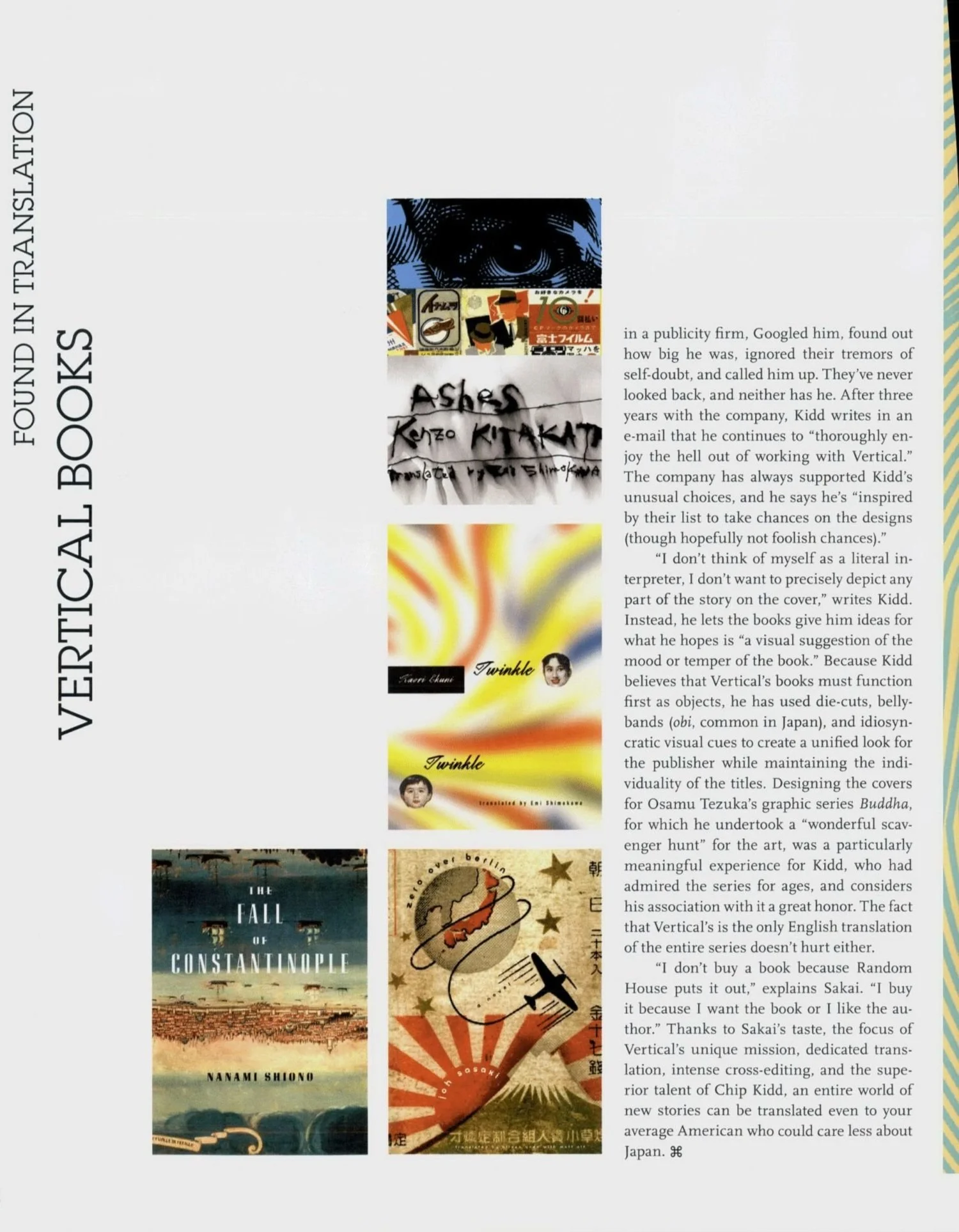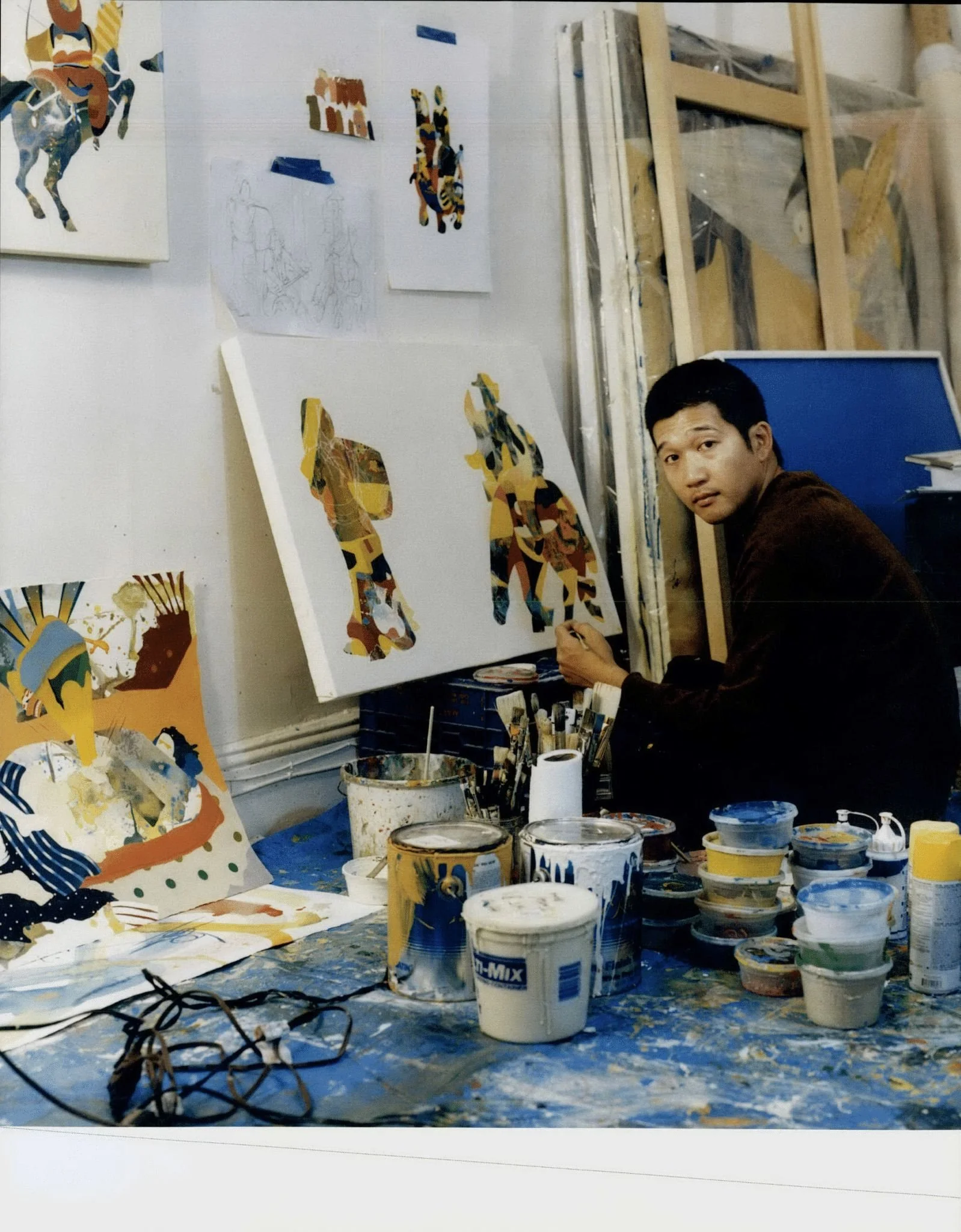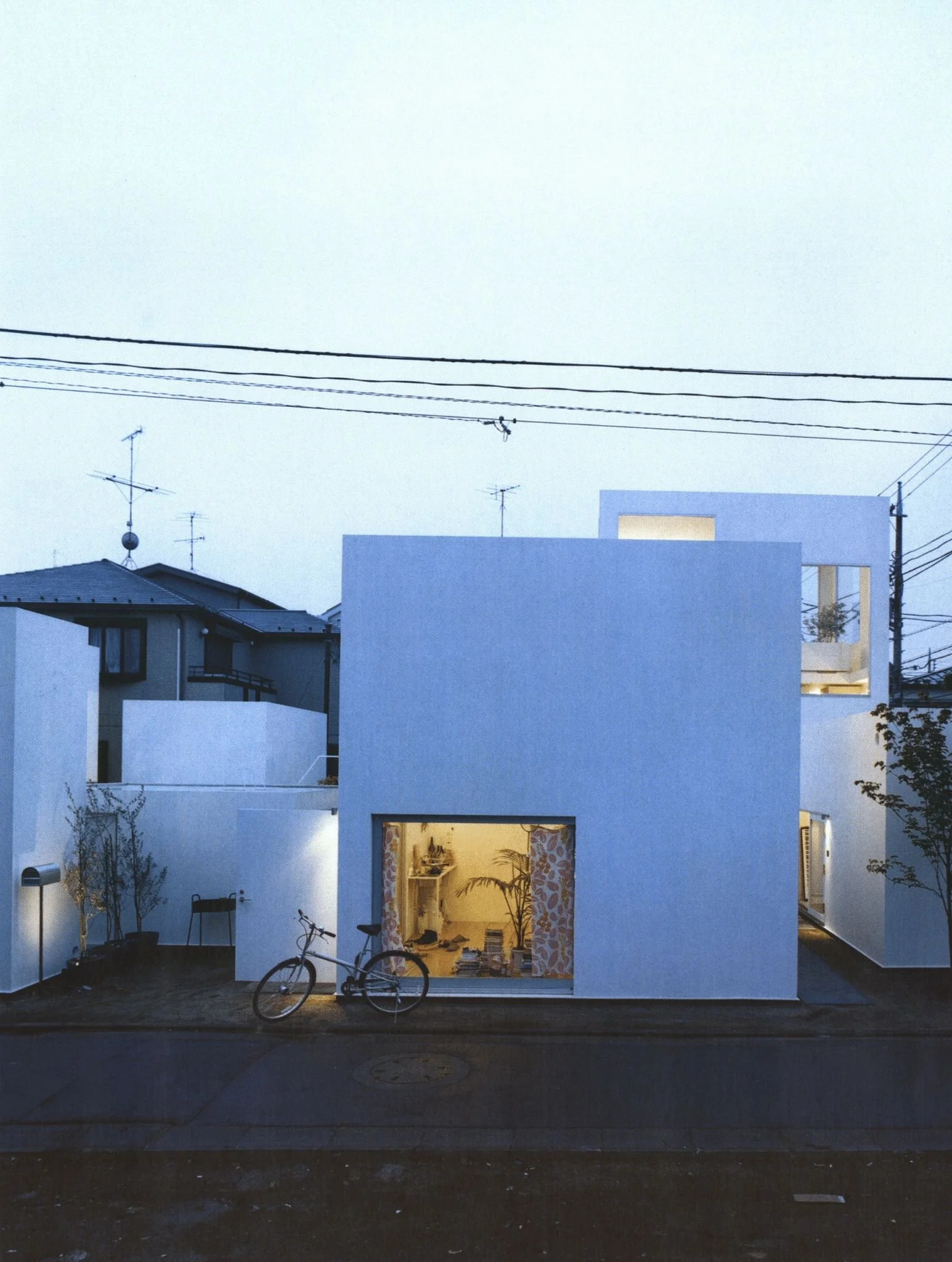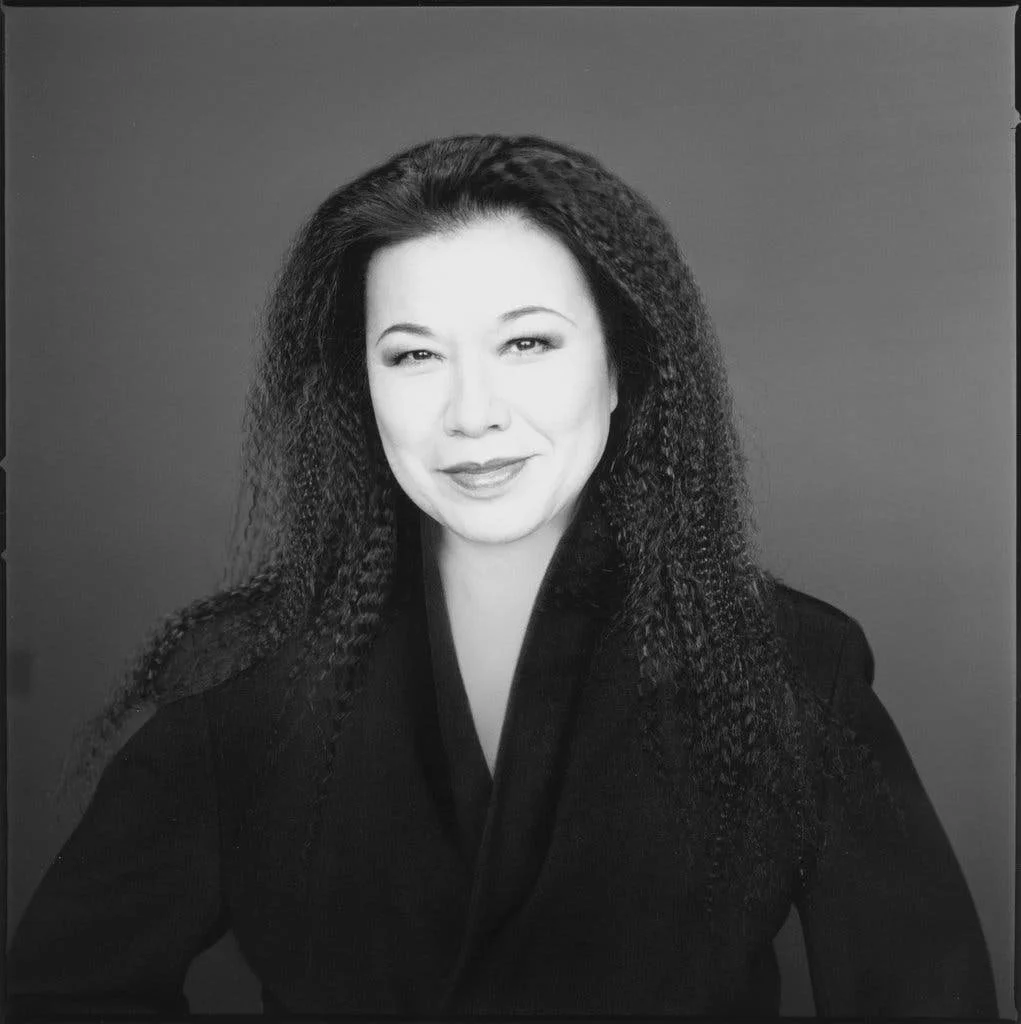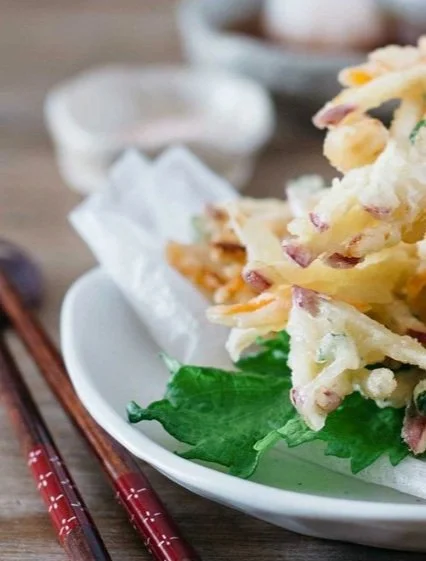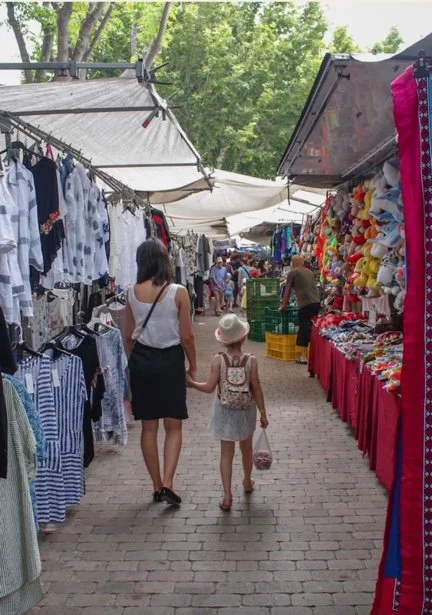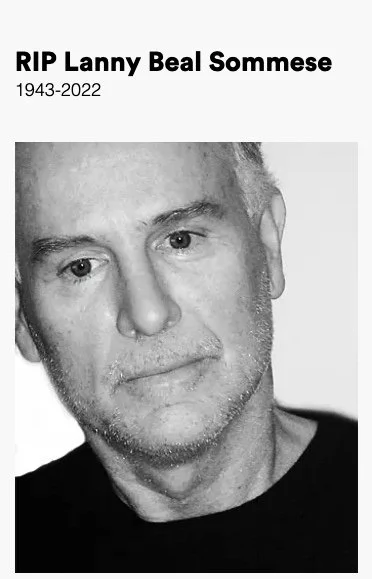Other Work
The first article I wrote in Japan was about bugs, specifically the trade in fighting beetles, a serious business whose primary end consumers were young boys. From this beginning, I had an odd advantage; as a foreigner, and as a female, I was able to ask almost any question of almost anyone. The fascinating Japanese culture was alternately a museum and a playground, and my growing facility with the language allowed me to experience my entire life there as if I were a visitor to an interactive exploratorium. I believe those early professional years in a foreign culture shaped my approach to writing; these articles explore the variety of subjects and individuals that have piqued my interest over the years.
-
![Japan Bugs]()
Japan Bugs
A journey into the world of the Japanese beetle trade, one of the first exciting topics I found while wandering the streets of Tokyo as a young adult.
1989, Far East Traveler (Tokyo)
-
![Gold Coast Bungee Jumping (Japanese)]()
Gold Coast Bungee Jumping (Japanese)
This little assignment got me a free trip from Tokyo to Sydney, and it wasn't until I was sitting in the cage of the crane that I realized I had a problem with edges, and couldn't watch one more person leap off into space; I had to go next. Culture shock set in as soon as I landed at the airport and my driver offered me a beer (he was having one) at 10 am on a Tuesday morning as we drove to the site of the quite primitive bungee jumping operation. A good time was had by all, and my editor at Tarzan magazine liked the piece. Fun fact: at the time, jumpers' calves were wrapped with simple bath towels before the bungee cords were attached.
1991, Tarzan (Tokyo)
-
![Shizen no Mama (Japanese)]()
Shizen no Mama (Japanese)
When I moved to Japan at 22, I lived in the center of Tokyo in a ridiculously affordable apartment that I found by magic, I'm sure. Once I met the artist who would become my husband, I moved to a 100 year-old decrepit thatched-roof house in a sprawling village of 5,000 people in the mountains two hours north of Kyoto and began to raise children. My mentors were women aged from their mid-fifties to their late eighties, and so my child rearing was done in the style of pre-war to early post-war Japan. An editor friend from Tokyo suggested I write a column about my experiences, called Shizen no Mama, which can mean "Natural Mama" or "As Nature Intends". Here's one that remains.
1992, Kodomopia (Tokyo)
-
![A Winter Retreat]()
A Winter Retreat
My attempt to describe the transformation of my small mountain village as the snows came and our community's world became the only accessible context for all of us. Winter work and leisure activities were determined by our proscribed physical domain.
1998, WINDS (JAL in-flight magazine, Tokyo)
-
![Propping Up the Art of Thatching]()
Propping Up the Art of Thatching
In this special to the Asahi Evening News, I reported on a National Conference of Thatchers, where I heard the sad predictions to which my own research had led me: Thatchers and their craft were close to extinction, and were not being supported by national policies or funding, unlike in Europe. Through this and a range of other assignments and media coverage of my own cross-cultural re-thatching project, I became enmeshed in the effort to stop this decline. It was encouraging that this urge to save thatched roofs, the technologies and techniques, and the practitioners of this art in Japan brought together people from all walks of life, socioeconomic backgrounds, and even cultures.
1998, Asahi Shimbun (Tokyo)
-
![A Thatched Roof Is a Mother’s Warm Embrace: Maggie’s Great Rethatching Project]()
A Thatched Roof Is a Mother’s Warm Embrace: Maggie’s Great Rethatching Project
This documentary followed the cross-cultural rethatching of our 100 year-old farmhouse in the mountains of Kyoto Prefecture. After two years of preparation, I managed to gather reed from northern Japan, a thatcher from England and thatchers from Japan to effect a cross-cultural project intertwining British and Japanese methods and mindsets to give our house new life. Inspired by a young Japanese thatcher's trip to the UK, where he found out that the British had long ago replaced the traditional "sewing" method with a spike/hammering method to speed up rethatching, thus making the process more affordable, and staving off the demise of thatching in Japan. I organized work-study opportunities and a conference to disseminate what we learned from the project. In 2022, subtitles were created by Takumi Translation, with help from Sumire Noguchi and editing by Tom Hohle. Japanese press links are below.
1999, TV Tokyo
View on YouTube
Winter, 2000: Chilchinbito feature
Spring, 2000: Chilchinbito follow-up report
June, 2000: INAX Booklet feature
June, 2000: Journal of Architecture & Building Science -
![Living in Grass Houses]()
Living in Grass Houses
As I researched the thatching industry and the situation around Japan and in Europe for my own re-thatching project, I met others, both Japanese and non-, who were as intrigued, some might say obsessed, with thatched houses as I was. This is the most exhaustive piece I was able to write during this period of my life and career that dealt with kayabuki minka, the thatched farmhouses that remain part of my fondest memories of my 15 years in Japan.
1999, Japan Quarterly (Asahi Shimbun, Tokyo)
-
![If Thatch Went Global (Japanese)]()
If Thatch Went Global (Japanese)
This was a joint effort between me and the editors of the Journal of Architecture & Building Science, who wanted a straightforward report on our cross-cultural re-thatching of our 100 year-old farmhouse in Miyamacho, Japan. I had planned the project for two years, and dreamed of sharing what we learned with a wider, Japanese audience, so this was ideal. The thatching project had taken less than two months, and relied heavily on the knowledge and skills of UK Master Thatcher Roger Evans, who had advised us to use northern water reed rather than local miscanthus grass, and who worked with our neighbor, a master carpenter, to create a window in the roof, as is common in Europe, but not so in Japan. We offered a work-study program during the project, as well as a symposium for thatchers from around Japan. This piece, which included some degree of historical reference as well, described our project, and I believe helped build the movement, which continues to thrive.
2000, Journal of Architecture & Building Science
-
![Rumors]()
Rumors
This was the last piece I wrote about Miyamacho, the village that I called home from 1991 to 2000, and I was honored to have it published in Kyoto Journal. I heard that the travel essayist Pico Iyer praised it, which pleased me, since it was one of the few times I felt moved enough to share a personal story with the public. This was a time before social media, and before keeping in touch with people after you left was a thing, so the women I praise in this piece remain, as if preserved in amber, in my mind as I left them then, harvesting the sansho peppers with me as they revealed a past now beyond reach.
2001, Kyoto Journal (Kyoto)
-
![Against the Grain]()
Against the Grain
ArcheobotanistJohn Letts unwittingly entered a battle between tradition and progress when he unearthed the seeds of ancient wheat types used in thatched roofs in medieval times. Interviewing him in the UK, I was introduced to the complexity of the story of thatch around the world. Although this piece was published a few years after my 1999 cross-cultural re-thatching project in Japan, the research I did in person in the UK helped me plan and execute a program of meaningful cross-cultural interaction and training to accompany the actual work on our 100 year-old farmhouse.
2003, Metropolis (New York)
-
![JIG House]()
JIG HOUSE
When Shin Sugawara, an architectural paint dealer and Japan's eighth-ranking kendo master, hired Atelier Bow-Wow to design his family home in Tokyo, he insisted that every room have tatami mats. This was an unusual request in modern-day Japan, where most suburban houses are now dull vertical boxes built by developers out of mostly artificial materials, with just one--or no--tatami rooms. "I'm from the countryside," he explains. "When there's a wedding or a funeral, the whole family gathers at home."
2003, Dwell (San Francisco)
-
![Vision'D Voice: Ikko Tanaka]()
Vision'D Voice: Ikko Tanaka
A 1998 audio recording of an interview I did for a Graphis article with the inimitable Ikko Tanaka (1930-2002). Later, I was honored when he agreed to design the cover of 12 Japanese Masters, my book of Graphis profiles of post-war designers. It was a privilege to have the interview produced and distributed, and useful, I hope. I believe more attention ought to be given to the inspirations and exhalations we witness aurally when hearing from masters in any field.
2003, Produced by Drawing and Manual
-
![Review, Visualogue (Nagoya, Japan)]()
Review, Visualogue (Nagoya, Japan)
This was a review of Visualogue, the first ICOGRADA General Assembly and International Congress held in Asia. Having worked on the project as a translator (and sometimes advisor), I was in a unique position to cover the process as it unfolded from a grand dream for a new format and way of communicating to a perplexing and partially anticlimactic reality, as many grand dreams do. It was unusual to have this opportunity to reflect on one of the big projects in which our main client, Kenya Hara, was intimately involved. I'm grateful for that.
2004, Communication Arts (Menlo Park, CA)
-
![Autonomy for Automatons? How Masaaki Hiromura's Sign Design Frees the Japanese]()
Autonomy for Automatons? How Masaaki Hiromura's Sign Design Frees the Japanese
Masaaki Hiromura, well known for his signage design, is a direct creative descendent of the men who founded and shaped the occupation of graphic design in Japan right after World War II, creating the first unified design program for an Olympic Games and the first generation of industrial leaders--and a general public that believed that design could shape, and even improve, society. In this piece, I look into Hiromura's recent work (as of 2004), and question whether he still has some influence over the public's experiences.
2004, Communication Arts (Menlo Park, CA)
-
![Shadow House]()
Shadow House
Architect Satoshi Okada designed a vacation house set on a lava flow among the trees in a national park at the base of Mount Fuji for the Tomiyama family.
2004, Dwell (San Francisco)
-
![Vinyl, Hiragana, Stripes & Ice Cream, profile of designer Kenya Hara]()
Vinyl, Hiragana, Stripes & Ice Cream
For the inaugural issue of THEME magazine, I wrote about Kenya Hara, whom I was just getting to know. Today, I've been working with the designer for almost 20 years. At the time, he had only just taken over the position of art director of MUJI, asked personally by Ikko Tanaka shortly before he passed away in 2002. A natural educator with the curiosity of a child and an interest in history that never stops, Hara continues to fascinate the design world.
2005, THEME (New York)
-
![A Tale of Two Sisters: Hiroko and Michiko Koshino]()
A Tale of Two Sisters
In this piece, I explored the Japanese understanding of childhood, sibling relationships, and the fashion industry through the lives and work of Hiroko and Michiko Koshino, each of whom--along with their middle sister Junko--achieved stardom in the fashion world.
2005, THEME (New York)
-
![The American Dream through Japanese Eyes]()
The American Dream through Japanese Eyes
I met Hiroshi Kashiwagi, Professor of Design History at Tokyo's Musashino Art University at a Forum about my book Matchibako: Japanese Matchbox Art of the 20s and 30s held at the Donald Keene Center of Japanese Culture in New York. I interviewed him for THEME Magazine, a vibrant print publication about contemporary Asian culture. I'd been back in the US for five years at this point, and was seeing first hand the harsh results of income inequality and the overpromising of advertising and underdelivering by capitalism, so Kashiwagi's musings on how Japan might have been different if the country hadn't bought the American dream hook, line and sinker was particularly poignant to me.
2006, THEME (New York)
-
![Ahn Sang-soo: the.eye.of.a.poet]()
Ahn Sang-soo: the.eye.of.a.poet
Legendary typographer and innovative designer Ahn Sang-soo has become obsessed with his language, Hangul, the only designed language in the world. A revolutionary, Ahn sees Hangul as a symbol of Korea's cultural independence and is a tireless educator. And he has a great sense of humor.
2006, THEME (New York)
-
![Found in Translation: Vertical Books]()
Found in Translation: Vertical Books
In 2006, Vertical Inc. was the only US publisher to concentrate on modern Japanese entertainment literature. I discovered them through a colleague (editor Ioannis Metnzas) and wrote this short introduction for THEME magazine. As a writer dealing with the challenges of interpreting spoken Japanese, with its emphasis on feelings, and translating written Japanese, with its "soft" logic, into English, both conceptually and substantively, I was impressed with the publisher's mission.
2006, THEME (New York)
-
![Drawing from Life's History: Tomokazu Matsuyama]()
Drawing from Life's History: Tomokazu Matsuyama
Artist Tomokazu Matsuyma, a transplant from a Japanese rural enclave culturally important in the Tokugawa period (1603-1867) to Los Angeles, expresses both Japanese spatial sensibilities and the cultural diversity of L.A. I was fortunate to meet with him in New York before he got really famous.
2007, THEME (New York)
-
![Building Blocks: Moriyama House]()
Building Blocks: Moriyama House
Moriyama House, designed by the Office of Ryue Nishizawa, is a collection of ten separate structures, for the owner and six tenants. Tradition and innovation interweave to create a new kind of community.
2007, Dwell (San Francisco)
-
![A Lot of Nerve: Kenya Hara]()
A Lot of Nerve: Kenya Hara
Having worked with Japanese designer and exhibition genius Kenya Hara for several years at this point, I decided to write a short piece about his most recent Takeo Co.-sponsored exhibition-conference-catalog, Haptic. As I note in the piece, despite the fact that Hara is a master graphic designer, in the 248-page catalog, words take up more space than images. I suppose this is why Yukiko Naito, my partner in Takumi Translation, and I so enjoy translating for Hara; he is at heart a philosopher. Who knew my St. John's College education would serve me so well?
2007, Print (Austin, TX)
-
![Eiko Ishioka portrait from The New York Times obituary 2012]()
Quoted in The New York Times Obituary of Eiko Ishioka
I was shocked to get a call from the New York Times in 2012, asking me if I could make a comment for an article about Eiko Ishioka, one of the designers I profiled in 12 Japanese Masters, and who I'd met with in New York for these interviews after I'd moved back to the States. I told The Times that I could do it later in the week, as I was on a deadline, but they insisted on talking ASAP. Then I found out why. I'm proud to be quoted in this obituary, but more than that, I'm glad I had the chance to meet Ishioka, who, I realize more now as I myself age, won--against all odds in all societies--the freedom she exercised in her creative work and in her life.
2012, The New York Times (New York)
-
![Get Thee to a Shrine: The vegan-friendly Shukubo of Ome, Japan]()
Get Thee to a Shrine: The vegan-friendly Shukubo of Ome, Japan
Just two hours from Tokyo, a small village of vegan-friendly traditional institutions that serve as combination shrines and B&Bs. Catering to hikers and other adventurers in this natural paradise, these"shukubo" welcome you back in time and into a fuller sensation of holistic health.
2018, VegNews (Los Angeles)
-
![The Best Beaches All Over Japan--and the Rules You Should Know Before Visiting Them]()
The Best Beaches All Over Japan--and the Rules You Should Know Before Visiting Them
For this Matador article, I polled Japanese friends, since when I had lived there, I was either working in Tokyo or living in a thatched roof house in the mountains in the village of Miyamacho and only visited a beach once a year. The cheerful hook goes like this: Japan is a shoreline-rich nation, with wonderful beaches and a unique beach culture. Explore them. Here's how!
2019, Matador Network
-
![How to Pack for a Trip With Young Kids and All That Dang Gear]()
How to Pack for a Trip With Young Kids and All That Dang Gear
Having raised four kids and traveled enough to know my stuff and my audience, I wrote this article in a flash, and actually enjoyed it, though giving advice is not my favorite role. It boils down to this: Think twice before you pack one more thing when you're packing for travel with kids. Be practical, be honest with yourself. You'll be happier!
2019, Matador Network
-
![The Best Places in Japan to Take Your Kids]()
The Best Places in Japan to Take Your Kids
For this piece, I asked friends in the US who had traveled to Japan with kids for their thoughts, since by the time I had kids (as part of a writer/artist couple), I never had enough money to travel in Japan. Since then, I've taken my younger daughter there, and have plans to take my other kids as time and money allow. The research I did convinced me to believe my own hook: Japan's natural and cultural landscape is one of the most varied you'll find in one island nation. Here are some tips on how to discover it with kids.
2019, Matador Network
-
![How to Plan Epic Family Trips Based on Your Kids’ Passions]()
How to Plan Epic Family Trips Based on Your Kids’ Passions
There aren't that many things I'd honestly claim to have learned by raising four kids, but I do think this is true: The best way to ensure your travel meets everyone’s needs is to follow the lead of what inspires your kids, and to use that as a starting point to plan an epic experience — be it a day trip to the park, a week-long vacation, or even a longer stretch at summer camp. That's hard-won advice.
2019, Matador Network
-
![Rest In Peace: Obituary for Lanny Sommese]()
Rest In Peace: Obituary for Lanny Sommese
Lanny and Kristin Sommese were one of the few couples who were both friends of my mom, Charleen Kinser, and my dad, Bill Kinser. Lanny had been a student of my dad's at University of Illinois, and later hired my dad at Penn State University. When Kristin, Lanny's partner in work and love, asked me to write something about Lanny in 2022, as he was fading away, I was honored.
2022, LannySommeseDesigns.com











